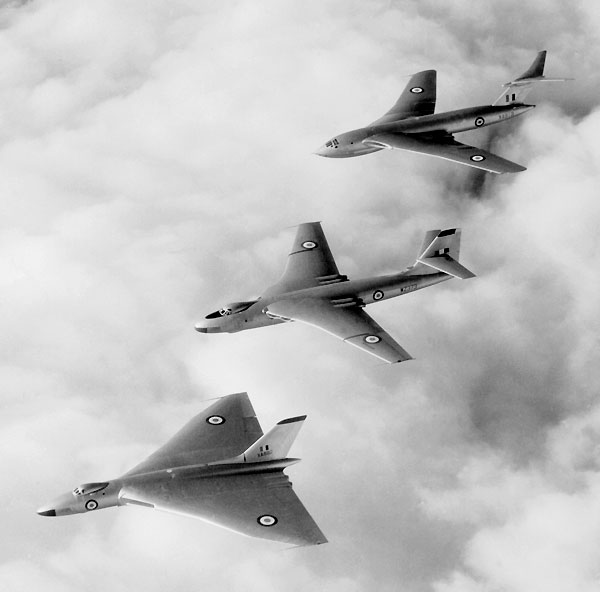
1948 – 1953 – The Way Forward
Research into delta-wing aircraft had also been conducted by the Royal Aircraft Establishment (RAE) at Farnborough, and the combined results of this programme and that
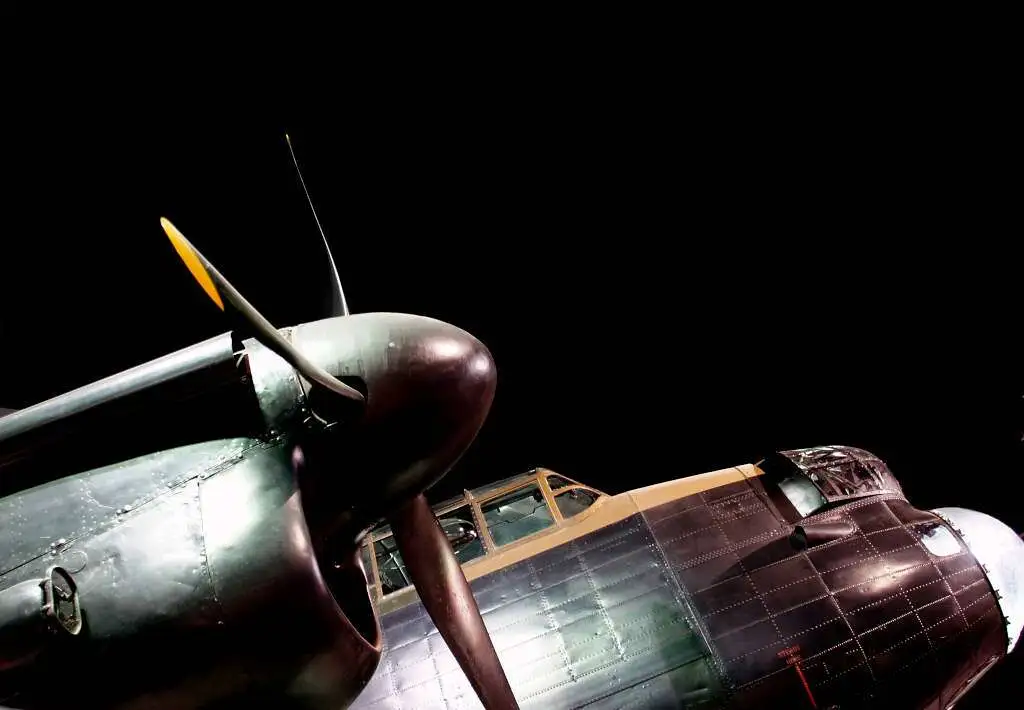
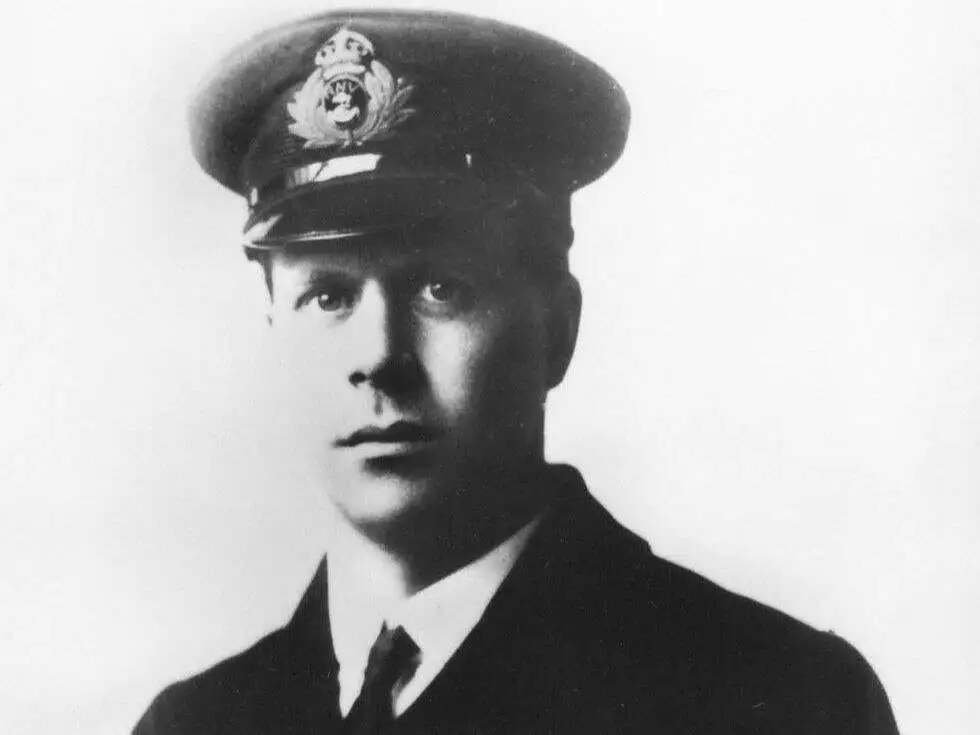
The concept for the Dambusters raid was first proposed early in World War II by aeronautical engineer Barnes Wallis. He suggested using a 10-tonne bomb dropped from an altitude of 40,000ft to target the German Ruhr valley dams. However, there were no bomber aircraft at the time capable of flying at such a high altitude while carrying such a heavy payload nor with the bombing accuracy required. As a result, Wallis had to come up with a new approach to make his idea work. He had to find a way to deliver a bomb effectively without relying on high altitude bombing. The first step was to find an aircraft that could carry such capacity, and the second was to ensure efficient carrying and precision in the release of the bomb that was being carried onto the target.
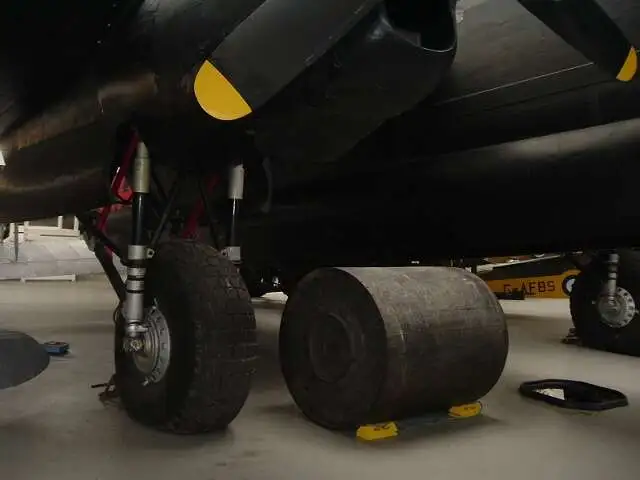
Wallis developed the idea by experimenting with bouncing marbles across a water tub in his back garden. Wallis originally thought the new weapon could be used to attack moored battleships (codenamed ‘Highball’), but research soon focused on using it against the dams that were vital to German industry.
Extensive tests were carried out at sites around the country. In July 1942, the bomb was tested against the Nant-y-Gro Dam and proved highly successful. A larger version of the bomb was requested in November 1942, with the latest date for the raid set as 26 May 1943, when the water levels in the Dams would be at their highest. Despite no full scale drawings of the bomb existing, in February 1943, production was approved. The final armed version of the bomb was fully tested on 13 May, only three days before the raid.
The trials had revealed that the drum-shaped bomb (codenamed ‘Upkeep’) needed to be dropped from a height of 60 feet, and at a ground speed of 232mph. The bomb would spin backwards across the surface of the water before reaching the dam. In fact the device was in reality neither a bomb nor a mine it was a depth charge (Anti-submarine warfare weapon)
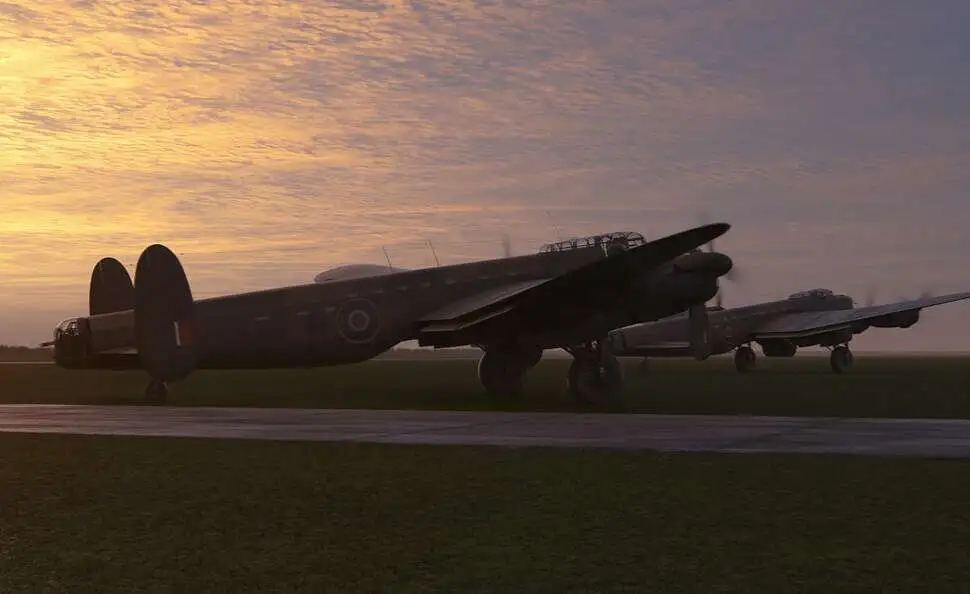
The Avro Lancaster was a British Second World War heavy bomber designed and manufactured by Avro. It was developed as a contemporary of the Handley Page Halifax and the Short Stirling, all three aircraft being four-engined heavy bombers adopted by the Royal Air Force (RAF) during the same wartime era.
It emerged from the response by A.V. Roe to a 1936 Royal Air Force specification calling for a bomber powered by two 24-cylinder Rolls-Royce Vulture engines. Initially, Avro produced the Avro Manchester but this proved underpowered and so this developed into the Avro Lancaster which first saw service with RAF Bomber Command in 1942. As the strategic bombing offensive over Europe gathered momentum, it became the main aircraft for the night-time bombing campaigns that followed.
A long, unobstructed bomb bay meant that the Lancaster could take the largest bombs used by the RAF. The ‘Lanc’, as it was known colloquially, became one of the most heavily used of the Second World War night bombers.
The versatility of the Lancaster was such that it was chosen to equip 617 Squadron and was modified to carry the Upkeep ‘bouncing bomb’ into the attack on German Ruhr valley dams. Although the Lancaster was primarily a night bomber, it excelled in many other roles, including daylight precision bombing.
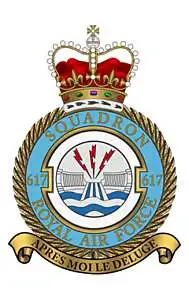
On 15 March 1943, RAF Air Officer Commanding-in-Chief Sir Arthur Harris ordered Air-Vice Marshall Cochrane to organise an operation against the German Ruhr valley dams. Harris specified that an entirely new squadron must be formed for the job and that it was to be led by Wing Commander Guy Gibson who was given a free hand to choose whichever crew he required and was given 5 Group’s main airfield at Scampton.
On 17 March 1943, a new squadron was formed at R.A.F Scampton under the command of Wing Commander Guy Gibson. This squadron was known as Squadron ‘X’, which would later become better known as 617 Squadron. The volunteers who joined the squadron had no idea what their mission would be. They were to be moulded and trained into a squadron capable of carrying out a difficult single raid. Even Wing Commander Guy Gibson himself did not know the reason behind the formation of this squadron. However, he soon found out what his targets were to be. The true purpose of the mission was kept secret in order to divert attention away from the truth.
The formation of Squadron ‘X’ was part of a larger plan to carry out a proposed raid, codenamed Operation Chastise. This raid would later become more commonly referred to as the ‘Dambusters Raid’ and would go down as one of the most famous and widely remembered raids in the history of the RAF.
The new 617 Squadron began training on 31 March, and this training was to consist of flying and navigating at ‘zero feet’. The squadron then switched to flying over water. However, this created its own problems for the pilots, who complained they could not judge height over water. Many problems were encountered during training, but practice runs at Reculver Bay continued using the test Upkeep bombs, later known as the ‘bouncing bomb’. Finally, everything came together, and a date was set for the full moon on the 16-17 May
On the night of 16-17 May 1943, Wing Commander Guy Gibson led 617 Squadron of the Royal Air Force on an audacious bombing raid to destroy three dams in the Ruhr valley, the industrial heartland of Germany. The dams were fiercely protected. Torpedo nets in the water stopped underwater attacks and anti-aircraft guns defended them against enemy bombers. But 617 Squadron had the secret weapon: the ‘bouncing bomb’.
The raid was comprised of six targets Mohne, Eder, Sorpe, Ennepe, Lister and Diemel Dams and involved 133 crew in 19 aircraft in three waves. The principle being that the first three were primary targets and the latter three, secondary targets. Thus, on 16 May 1943 the second wave, with the longest route commenced take off at 21.28 hrs with the First wave commencing take off at 21.39 hrs. The third wave were reserve aircraft and commenced take off at 00.09 on the 17 May. Notably not all went smoothly. One Lancaster, AJ-T, from the second wave took off at 22.01 hours, 30 minutes later than the main force as their originally designated aircraft had coolant leak on dispersal.
The raid was executed but more devices were needed than estimated and although one bomb was dropped on the Ennepe the others were not attacked.
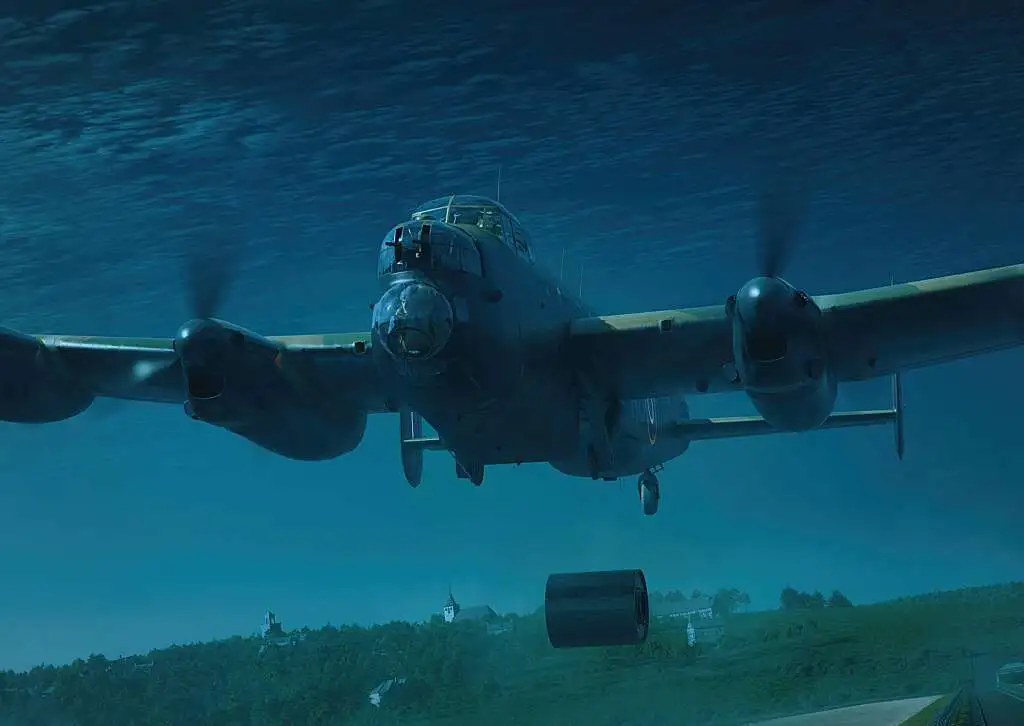
The Mohne and Eder Dams were breached, causing catastrophic flooding and significant damage to the Ruhr valley’s industrial infrastructure. The Sorpe Dam remained intact, but the mission’s overall success was a blow to the German war effort.
Of the 133 crewmen who took part in the mission, 53 were killed and three were captured. Despite the heavy losses, the operation was considered a surprising success. Whilst not a massive material success the effect on morale of both the German and British populations was immense for obvious contrasting reasons
Operation Chastise, was one of the most famous air operations of World War II. It was aimed with astonishing precision against a choke point in Germany’s production chain. The targets of the raid were dams that provided Hitler’s war machine with hydro-electric power and water for steel production.
The success of Operation Chastise was due in large part to the ingenuity of Barnes Wallis and his bouncing bomb.
The bravery and skill of the pilots who flew at night, at low altitude over enemy territory, also played a crucial role in the success of the mission. They flew through heavy anti-aircraft fire to reach their targets, dropping their bombs with pinpoint accuracy.
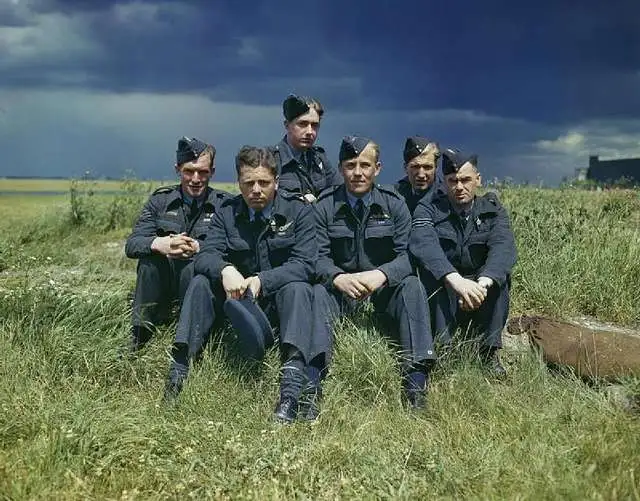
The success of the raid on the Ruhr dams secured the reputation of 617 Squadron as a specialist unit capable of carrying out difficult and dangerous missions. After the raid, 617 Squadron was retained by RAF Bomber Command for specialist precision bombing operations. It experimented with new bomb sights, target marking techniques and colossal new ‘earthquake’ bombs developed by Barnes Wallis.
The squadron went on to complete many more successful missions during the war. In the run-up to D-Day, the Squadron attacked factories, V-weapon sites and communication targets in France. Its new commander, Wing Commander Leonard Cheshire, pioneered a controversial new low-level target-marking technique by using the newly activated ‘Pathfiders Group’. The improved accuracy maximised damage and aimed to minimised civilian casualties when attacking targets in occupied territory.
In the autumn of 1944, 617 Squadron joined 9 Squadron in attacks with 12,000 lb ‘Tallboy’ bombs on the German battleship Tirpitz, moored in Norwegian waters. The first two attempts were inconclusive owing to cloud and smokescreens, but on November 12 they found Tirpitz with no protection. Sustaining two direct hits, the ship was shattered by an internal explosion and capsized.
In the last months of World War II, 617 Squadron made further successful strikes against the German rail and canal network, coastal defences and previously invulnerable U-boat pens, using ‘Tallboys’ and the monstrous new 22,000 lb ‘Grand Slam’ bomb.
The squadron’s success was due in no small part to the bravery and skill of the pilots, who risked their lives to protect their country and defeat Germany. The legacy of 617 Squadron lives on as a testament to their courage and determination.

Research into delta-wing aircraft had also been conducted by the Royal Aircraft Establishment (RAE) at Farnborough, and the combined results of this programme and that
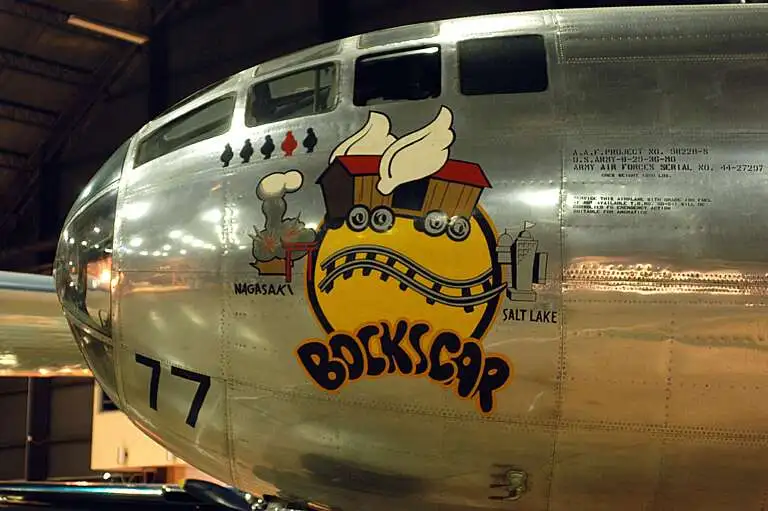
The Potsdam Conference was held near Berlin on 17 July 1945, the day after the Trinity test, and was to run until 2 August. The
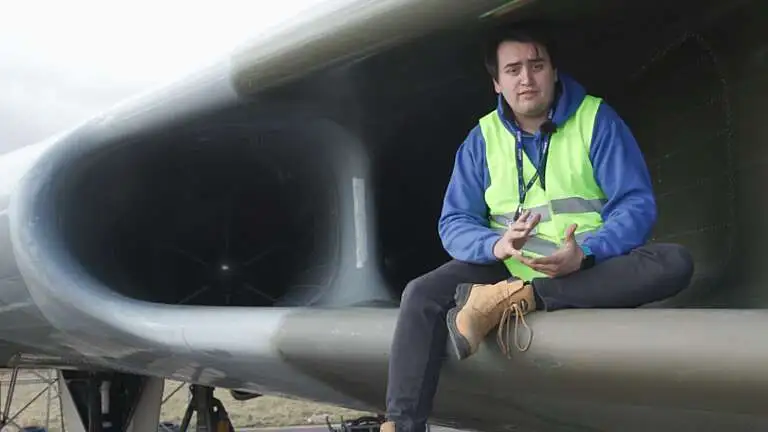
When Sam Scrimshaw visited Waddington Airshow in 2013 little did he know that one of the aircraft on display would catch his attention in a
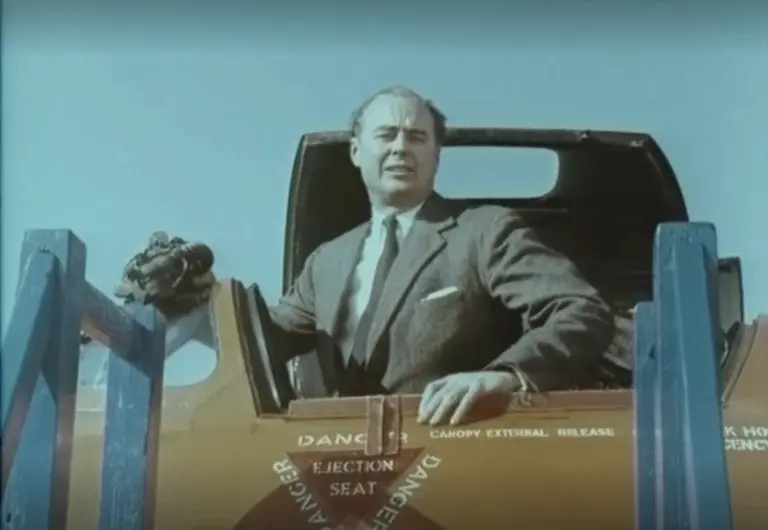
In mid-1956 I returned to England from a two year working holiday in New Zealand and Australia, and urgently needed to replenish my depleted coffers,